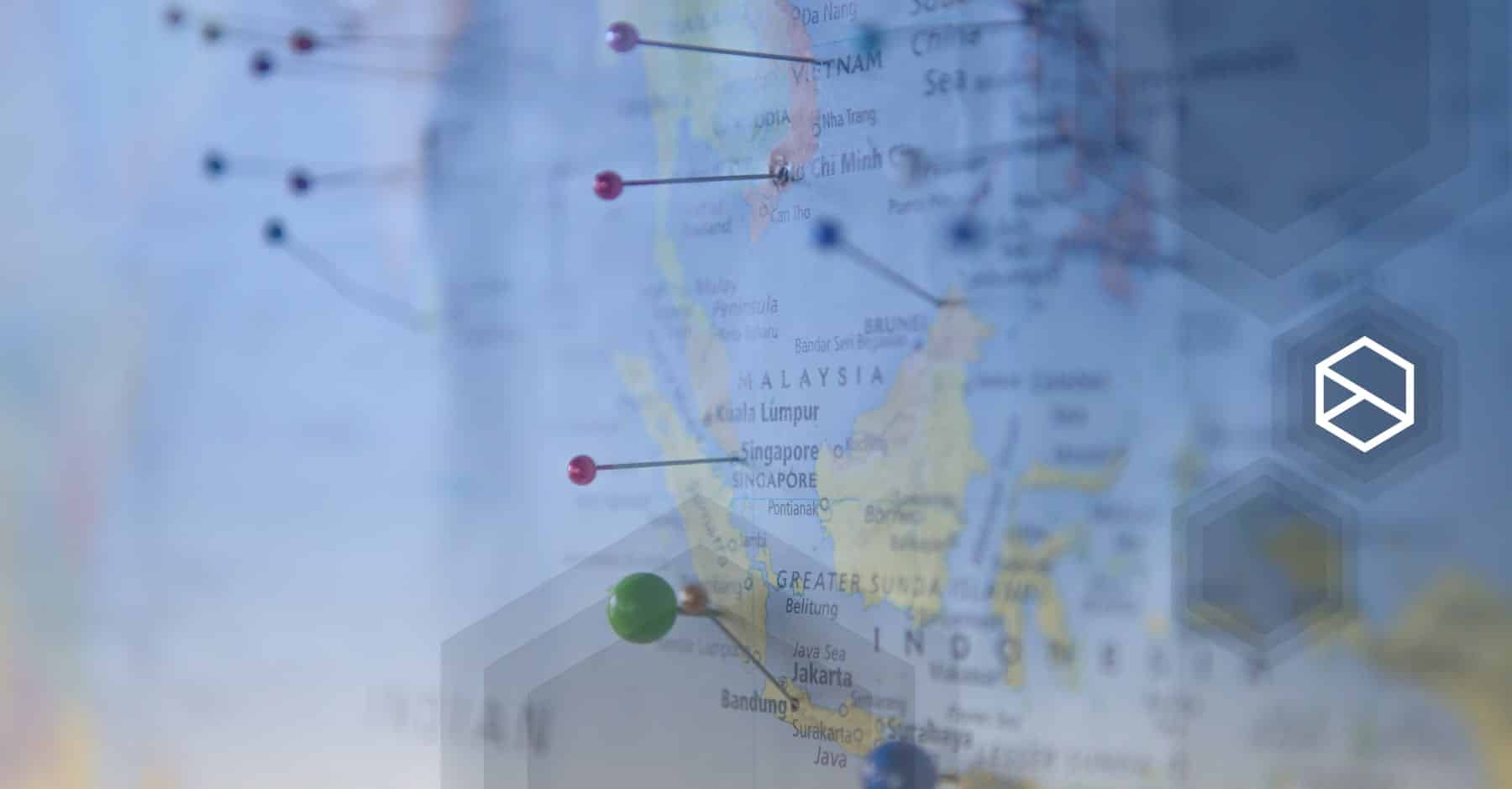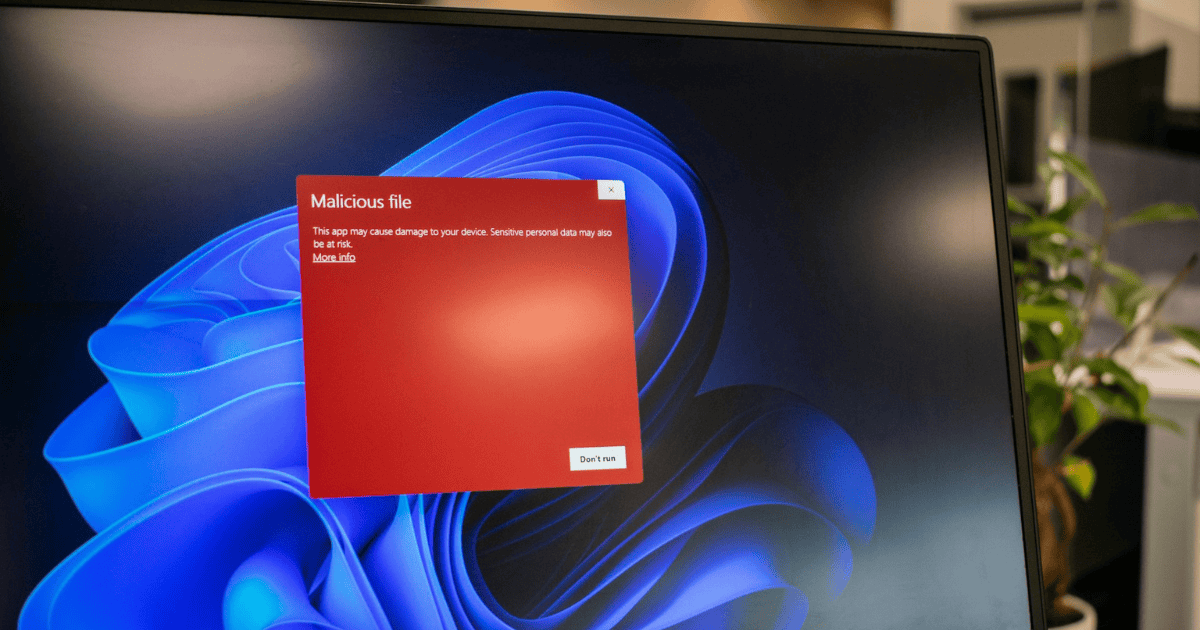Last Updated on 22 February 2024 by admin
In the ever-evolving landscape of cybersecurity threats, security leaders must continuously assess and manage their organization’s vulnerabilities to mitigate potential attacks. One effective approach to achieving this is by mapping the attack surface.
Mapping your attack surface is an essential process for any organization that wants to proactively identify and mitigate potential security risks. By identifying your attack surface, you can better understand the various entry points that an attacker may use to gain unauthorized access to your systems and data.
By understanding the attack surface, security leaders can identify and prioritize potential vulnerabilities, plan and implement effective security measures, and ultimately strengthen their organization’s security posture.
In this blog post, we’ll explore the key benefits of mapping your organization’s attack surface and how to go about it effectively to improve your vulnerability management program.
Table of Contents
What Is An Attack Surface?
Before diving into the details of attack surface mapping, it’s essential to grasp the concept of an attack surface. The attack surface is the sum of all possible security risk exposures (or potential attack vectors) on hardware and software that an attacker might use as a pathway to enter a network.
In other words, it is everything outside of the firewall where internet-facing assets, such as email servers and mobile applications, are located. From there, a threat actor could access, exploit, and steal from your digital environment.
Mapping your attack surface involves identifying these weaknesses and understanding the avenues through which attackers can gain unauthorized access to your sensitive information or disrupt your operations.
As your digital footprint grows so does your attack surface, which makes them difficult to map and manage. Increasing risk must therefore be addressed through a scalable security strategy to readily safeguard your systems even if your load increases.
Why Is Attack Surface Mapping Important?
Attack surface mapping is important because it helps organizations identify potential vulnerabilities in their systems and networks. This allows them to take steps to mitigate those vulnerabilities and reduce the likelihood of a successful attack.
By understanding the attack surface of their systems, organizations can focus their security efforts on the most critical areas and make the most effective use of their resources. In addition, attack surface mapping can help organizations comply with regulatory requirements and industry standards related to security.
Benefits Of Attack Surface Mapping
Despite the challenges, mapping your attack surface brings numerous benefits:
1. Proactive risk management
By identifying vulnerabilities and weaknesses in your attack surface, you can proactively manage risks and implement appropriate security controls.
2. Enhanced threat detection and response
Mapping your attack surface provides you with a better understanding of potential threats, enabling you to detect and respond to security incidents more effectively.
3. Compliance with regulations and standards
Attack surface mapping helps organizations comply with industry regulations and security standards. It ensures that security measures are in place to protect sensitive data and customer information.
How To Map Your Attack Surface
Mapping your attack surface requires a systematic approach. Known factors on the attack surface refer to assets that you are aware of and monitor, such as subdomains and general security processes. So, unknown factors (also called shadow IT assets) are most likely not being patched or updated – which could lead to a potential vulnerability or misconfiguration and could be exploited by a threat actor. You must be aware of any third-party assets too, as these also pose a serious risk to your overall security posture.
Attack surface mapping also known as attack surface monitoring, managing, and analyzing – provides continuous surveillance of your changing attack surface. Specifically, it detects assets that contain, transmit, or process your data while identifying vulnerabilities as they appear.
Mapping your attack surface informs you of:
- What the components of your attack surface are
- Where the attack vectors and exposures are located
- How to effectively secure your organization from cyber attacks
You cant remediate risks that you aren’t aware of, and security strategies become meaningless if they aren’t risk-based. So, this proactive method of cyber security helps CISOs and security leaders visualize, understand, and analyze their changing threat landscape. Implementing a continuous security monitoring process will empower you to make more informed cyber security decisions and improve productivity.
Asset discovery
Continuous asset discovery locates your assets (including those known, unknown, third-party, and rogue) and provides a passive inventory – an appealing solution to security professionals who can move away from time-consuming spreadsheets. The ability to discover assets in real-time will not only help you to better understand your evolving attack surface, but it also allows you to secure your external attack surface swiftly and accurately.
Informer, for example, uses a vast range of open-source intelligence techniques (OSINT) to find online assets you didn’t know you had, making mapping your attack surface simple. The asset discovery tool determines where in the world your assets are located while also identifying applications hosted on shared infrastructure in countries where assets may not be compliant with data or security regulations.
Vulnerability discovery
Vulnerabilities can be introduced at any time that can expand your attack surface. So, constant vulnerability discovery enables you to find your weaknesses within your applications and IT systems before attackers beat you to it. Any gaps in your security are identified in real-time which speeds up remediation and in turn, helps to fortify your digital infrastructure through a data-driven and risk-based approach.
Informer’s vulnerability discovery function continuously scans to find infrastructure and application-level vulnerabilities on assets that are both known and unknown to you. Combined with expert penetration testing, which is now integrated into the platform, the tool provides access to granular vulnerability data and actionable security insights.
In addition, the criticality-scoring system allows for the prioritization of vulnerabilities for remediation to help secure your evolving perimeter more efficiently.
By identifying and mapping all of these potential assets, security leaders can gain a comprehensive view of their organization’s attack surface and develop a more effective vulnerability management program.
Best Practices for Attack Surface Mapping
To ensure a comprehensive understanding of your attack surface, consider the following best practices:
1. Regularly update asset inventory
Maintain an up-to-date inventory of your assets, including hardware, software, and other resources. This ensures that you have an accurate understanding of your attack surface at all times.
2. Employ continuous monitoring
Implement continuous monitoring solutions that provide real-time visibility into your systems. This allows you to detect and respond to any security incidents promptly.
3. Implement a robust vulnerability management process
Establish a systematic approach to manage vulnerabilities. This includes regularly scanning for vulnerabilities, prioritizing remediation efforts based on risk, and applying patches and updates promptly.
4. Conduct penetration testing
Penetration testing, also known as ethical hacking, involves simulating real-world attacks to identify vulnerabilities. By conducting penetration tests, you can gain valuable insights into your security posture.
5. Engage red teaming exercises
Red teaming involves employing external security experts to simulate sophisticated attacks. This helps identify weaknesses that might go undetected through traditional security measures.
Prioritizing Vulnerability Remediation
One of the most crucial elements of a modern vulnerability management lifecycle is vulnerability management prioritization. It’s imperative for IT and security teams to conduct a thorough risk analysis of serious vulnerabilities in the context of their organizations’ environments.
You must constantly correlate vulnerability disclosures with your organization’s asset inventory to acquire a comprehensive picture of the vulnerabilities that exist in each asset in order to prioritise remediation plans. Many organizations adopt a 4 steps of vulnerability remediation process to streamline workflows
- Identify: Detect vulnerabilities through scanning tools, manual penetration testing or automated security testing tools
- Prioritize: Understand the vulnerabilities that present a genuine and significant risk to your organization
- Remediate: Patching, updating configuration, removing or fixing vulnerabilities as quickly as possible
- Monitor: Automated monitoring tools to unearth newly discovered vulnerabilities with alerting capabilities
Challenges and Limitations of Attack Surface Mapping
Mapping your attack surface comes with its own set of challenges and limitations. Some common ones include:
1. Evolving technologies and expanding attack surfaces
With the rapid advancement of technology, attack surfaces are continuously expanding. New devices, software, and network components are introduced, creating new vulnerabilities that need to be mapped and secured.
2. Complex and interconnected systems
Modern systems are highly complex, often consisting of interconnected components. Mapping the attack surface in such intricate systems requires a deep understanding of the architecture and potential dependencies.
3. Resource constraints and scalability
Limited resources, both in terms of budget and personnel, can hinder comprehensive attack surface mapping efforts. Organizations need to prioritize their mapping activities based on the criticality of assets and potential risks.
Stay ahead of attackers with external attack surface monitoring
Mapping your attack surface is a vital component of a comprehensive cybersecurity strategy. By understanding your vulnerabilities, you can proactively manage risks and protect your critical assets. Implement the steps outlined in this article, leverage the appropriate tools, and adhere to best practices to strengthen your security posture.
We firmly believe that cyber security strategies must evolve to keep up with the ever-changing threat interface in order to provide optimum security coverage. Informer enables you to map your attack surface and monitor changes to your environment to help reduce risk and improve your security posture.
Do you know where all your vulnerabilities are? Find out before attackers do with a complete view of your attack surface. Book a demo with us today to find out how you can make faster, smarter, and more accurate cyber-security decisions.
Frequently Asked Questions
How often should I update my attack surface map?
Regular updates are essential as your digital landscape evolves. Aim for quarterly updates, but be prepared to update immediately if significant changes occur.
Can small businesses benefit from attack surface mapping?
Absolutely! Small businesses are equally vulnerable to cyber threats. Attack surface mapping helps them identify weaknesses and strengthen their defenses.
Is attack surface mapping a one-time activity?
No, it’s an ongoing process. Your digital environment constantly changes, and new threats emerge. Regular mapping is vital for sustained security.
How does attack surface mapping help with compliance?
Attack surface mapping helps identify potential security gaps, ensuring better adherence to industry regulations and compliance standards.
Should I involve external experts in the mapping process?
Engaging external experts can bring valuable perspectives and specialized knowledge, enhancing the accuracy of your mapping efforts.





